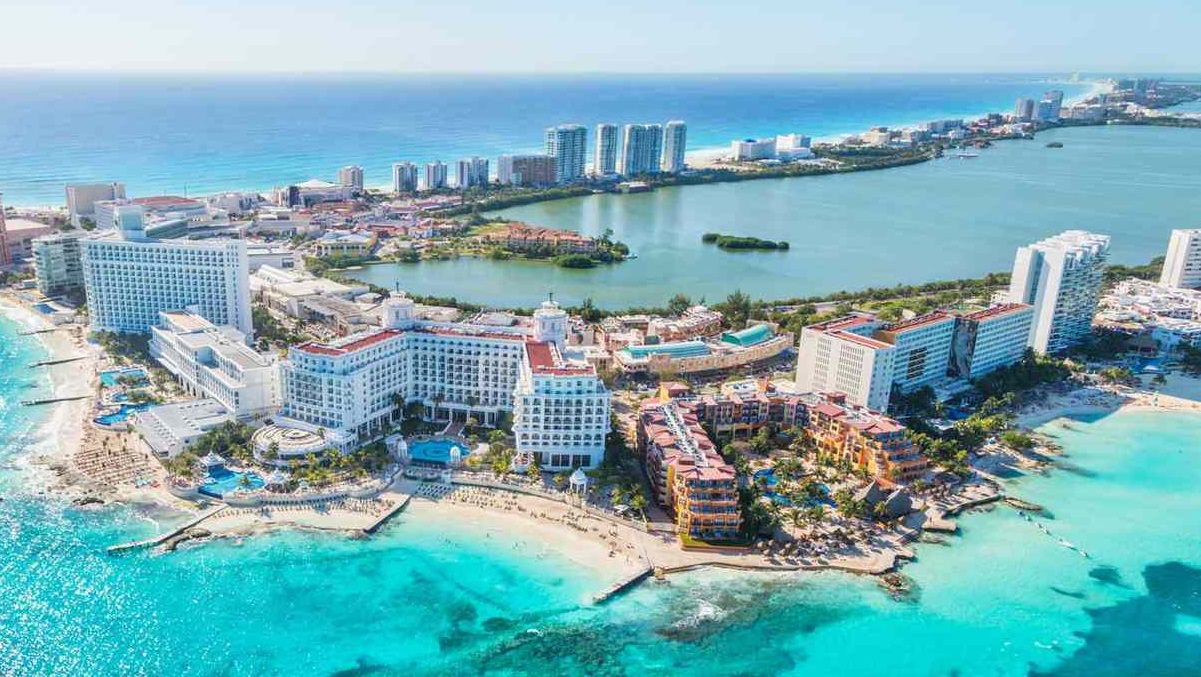Regional authorities in the Mexican state of Quintana Roo are worried about the historically high pollution levels they’ve lately found in cenotes near Cancun. In the state’s northern region, 11 cenotes (or around 15% of those examined) currently show poor water quality, according to recent routine testing by local authorities.
Cenotes are a connected system of mineral-rich lagoons that emerged over many centuries and are freshwater-filled sinkholes nourished by the underground rivers that permeate the area’s porous volcanic bedrock. Cenotes are a group of geologic phenomena that are exclusive to the Yucatan Peninsula. There are hundreds of them dispersed throughout the lush rainforest terrain of the Peninsula, luring travelers from all over the world who wish to experience their serene, otherworldly beauty.
There are 71 of these subterranean and surface-level waterholes in the northern part of Quintana Roo, where Cancun is situated, along with other well-known tourist destinations like Costa Mujeres and Puerto Morelos. These waterholes are typically prized for their novelty as pristine natural plunge pools.
The Laguna Chacmochuk (also known as Laguna Las Blancas), a significant coastal lagoon close to Costa Mujeres, just off the northern coast of Cancun, was found to have the most contaminated water, according to a recent study conducted by Quintana Roo’s General Directorate of Ecology, which was covered by The Cancun Sun. Within Cancun city proper are the other 10 damaged cenotes.



Leave a Comment